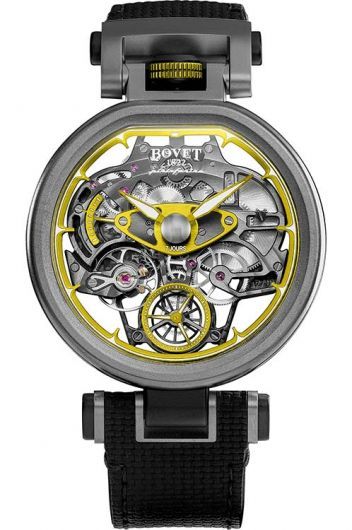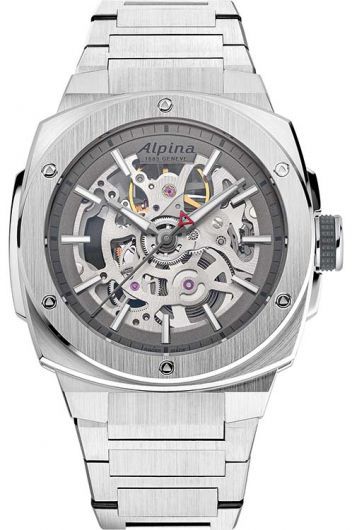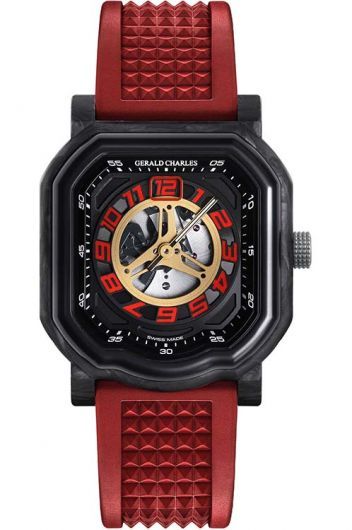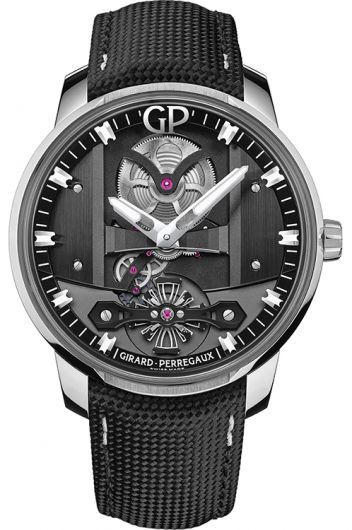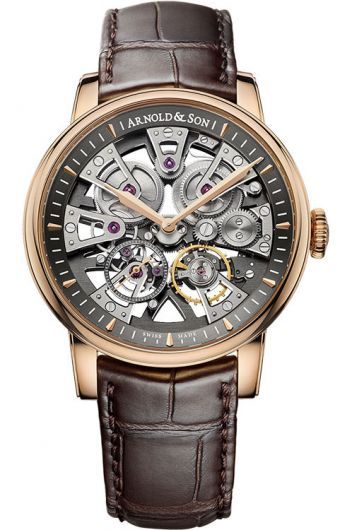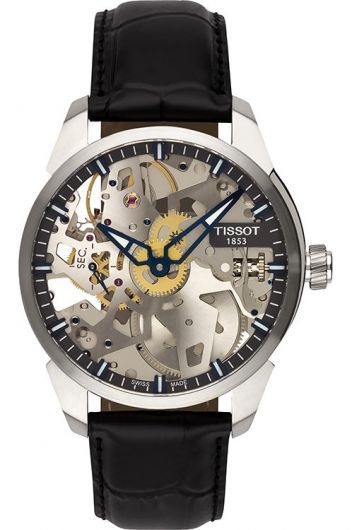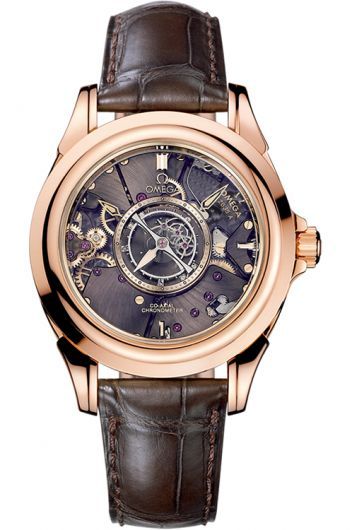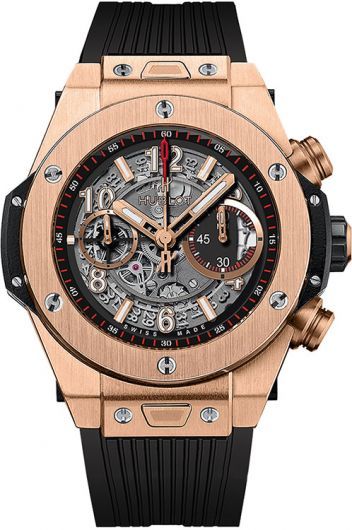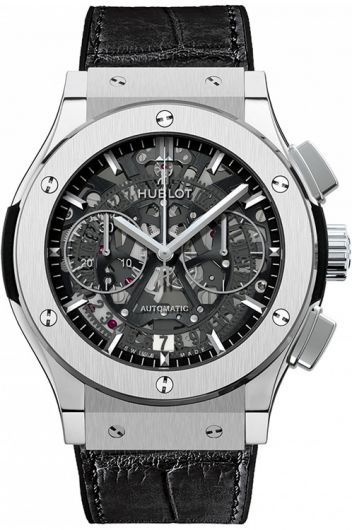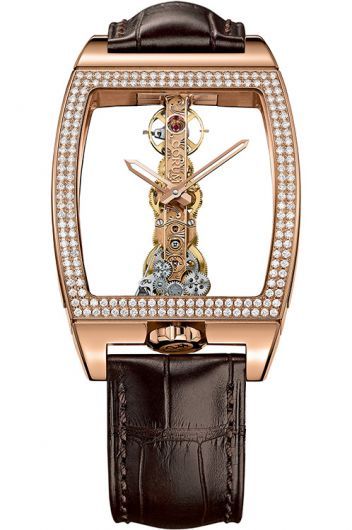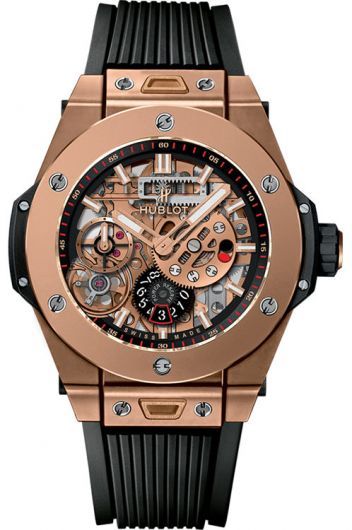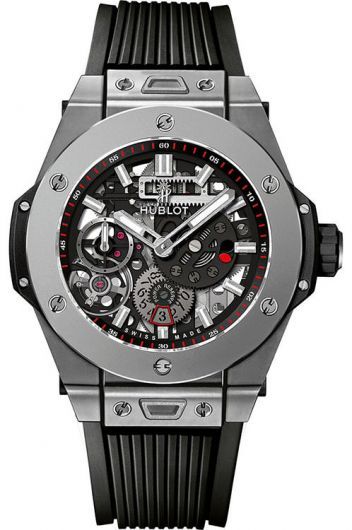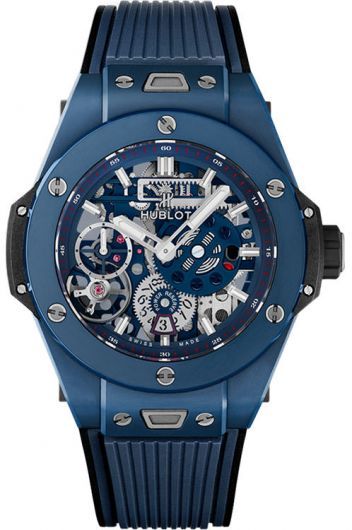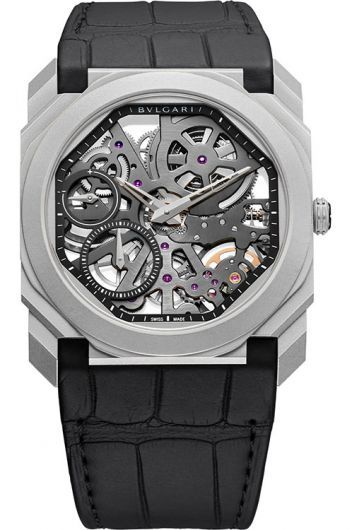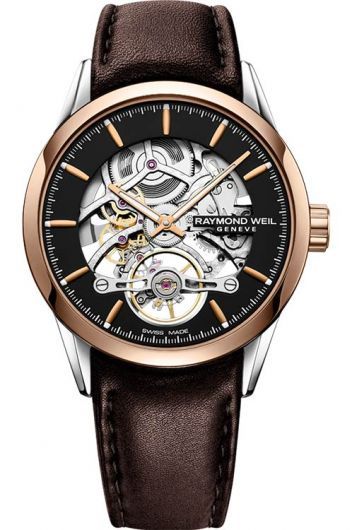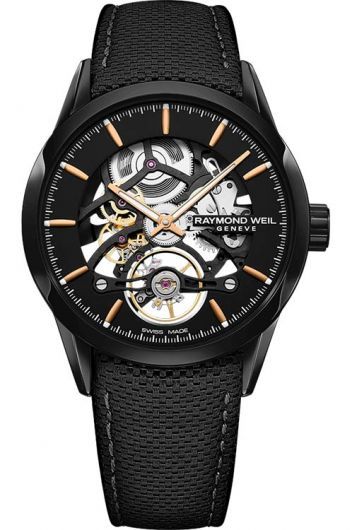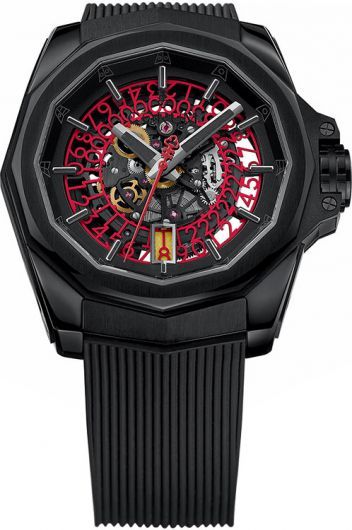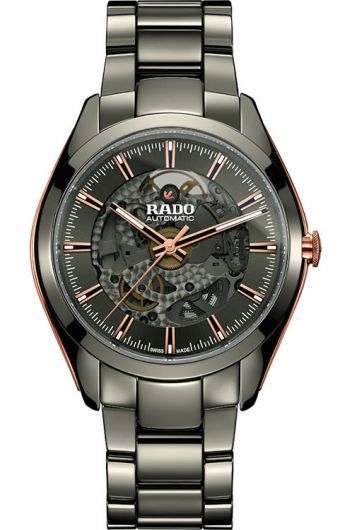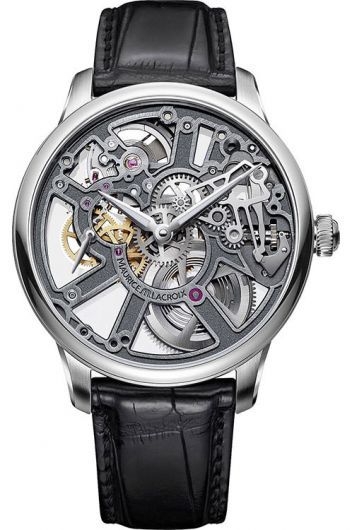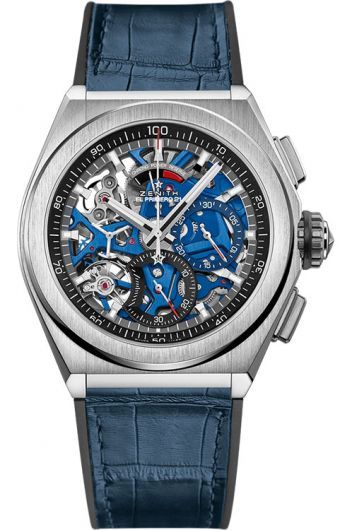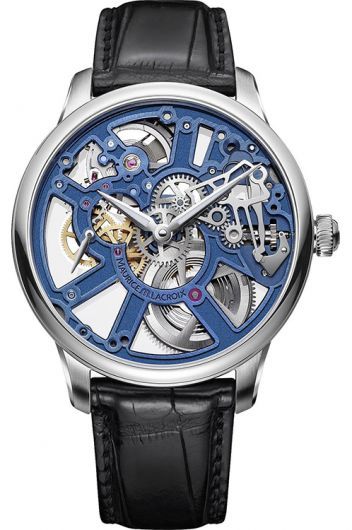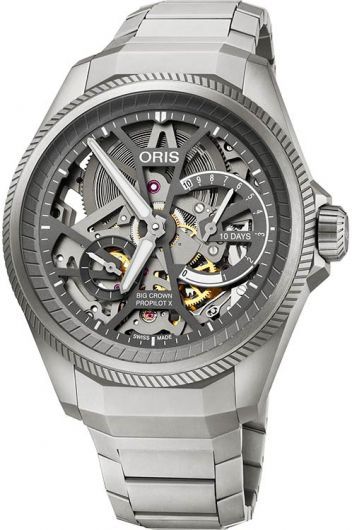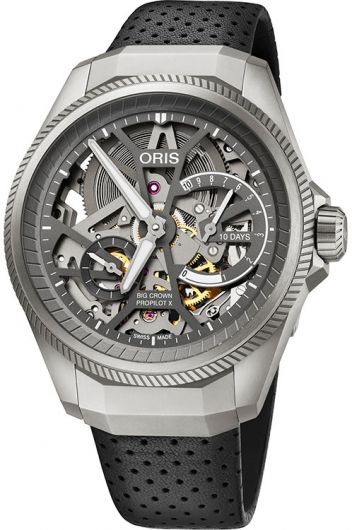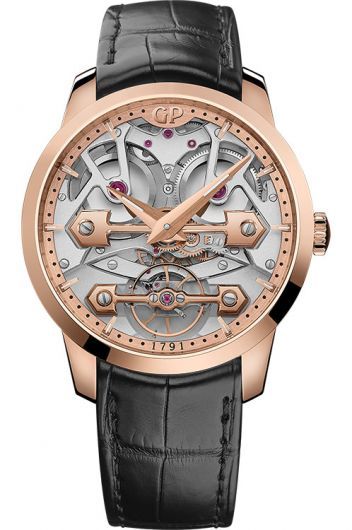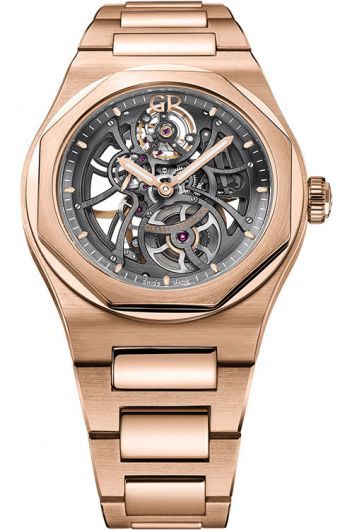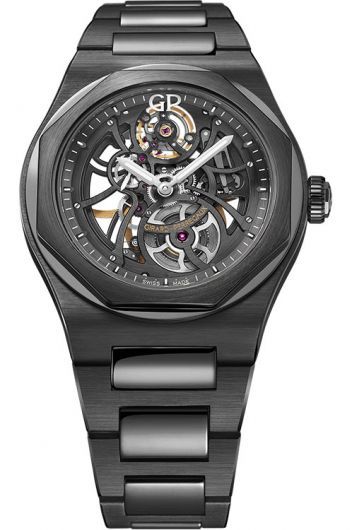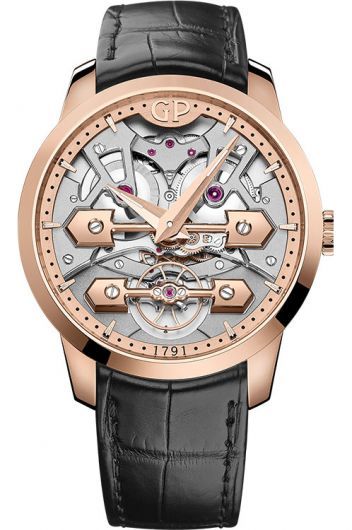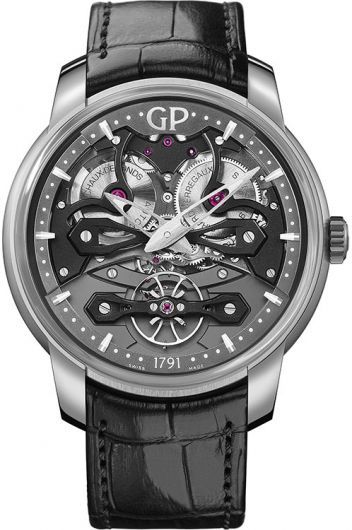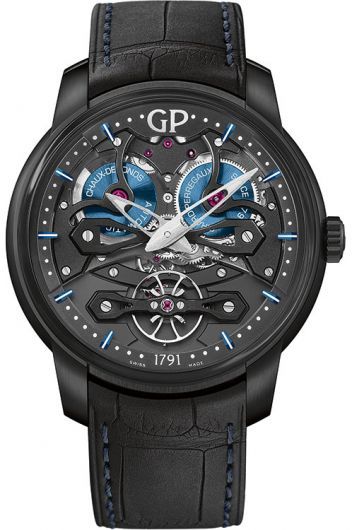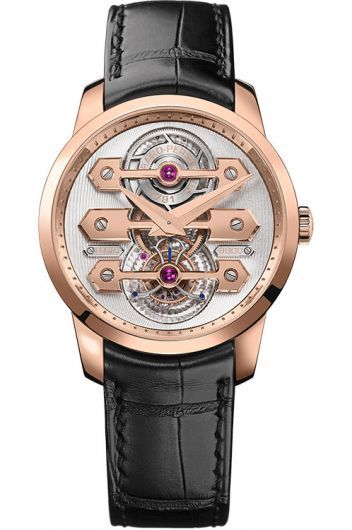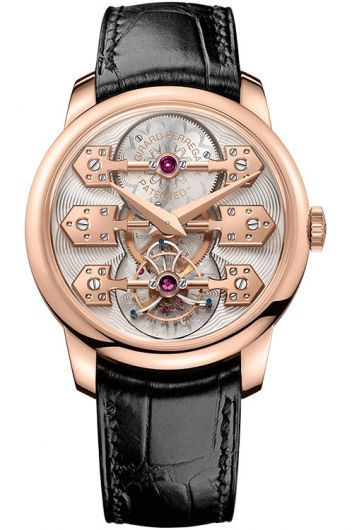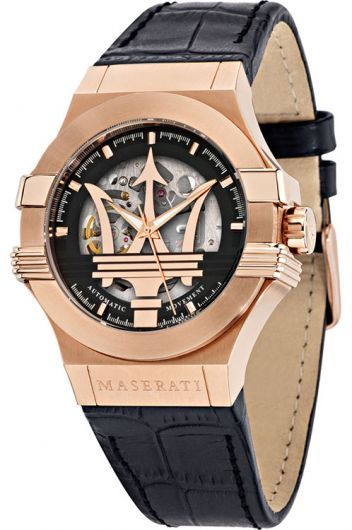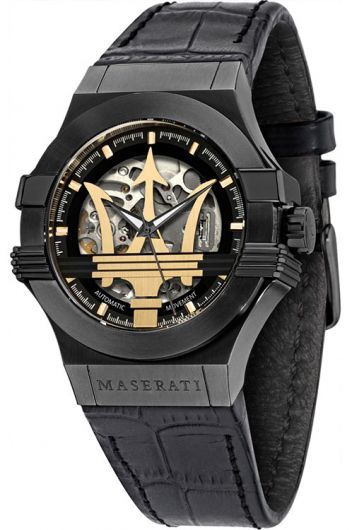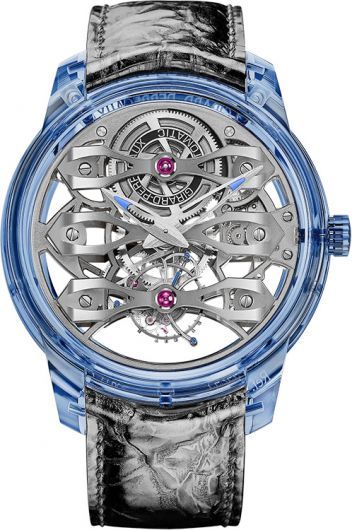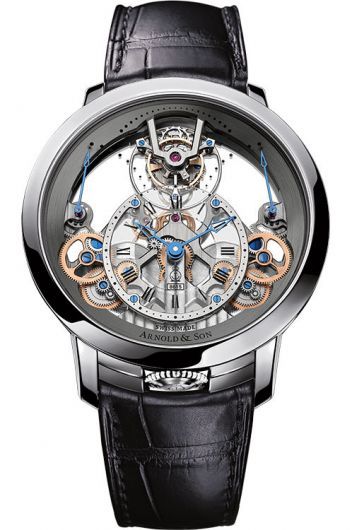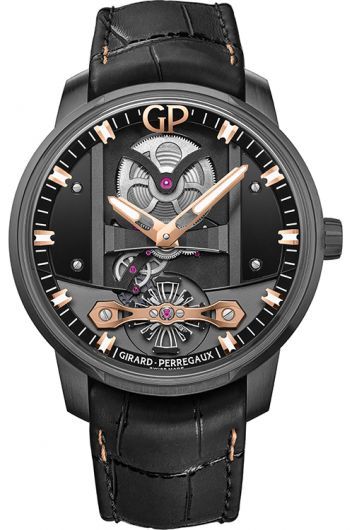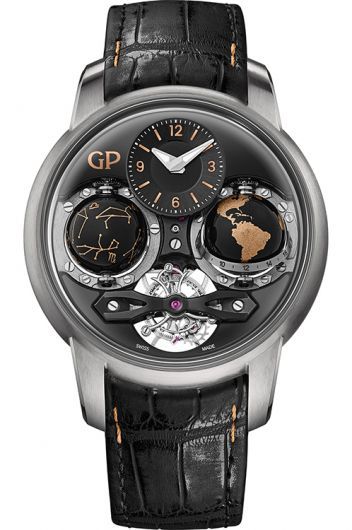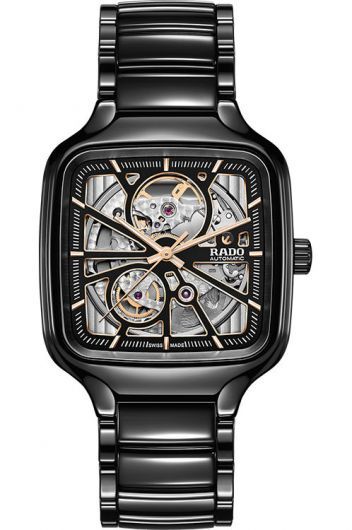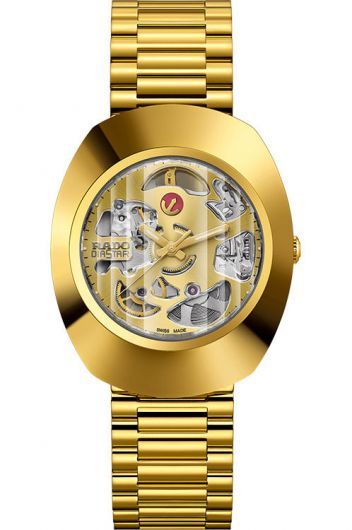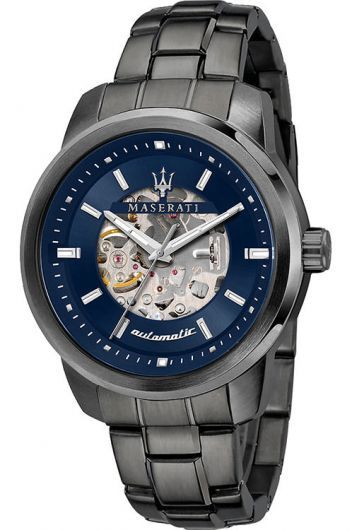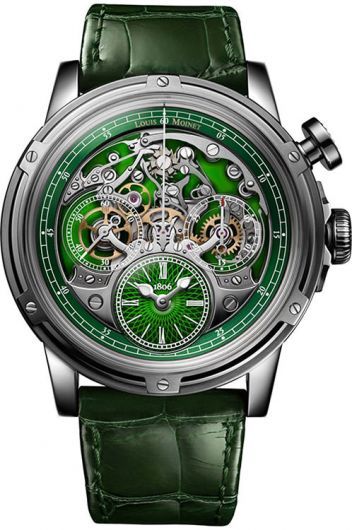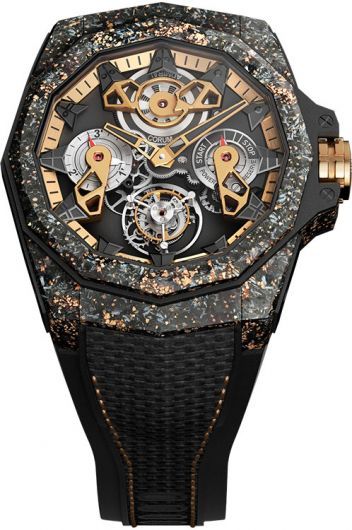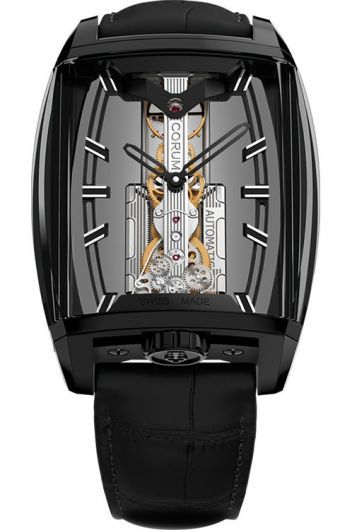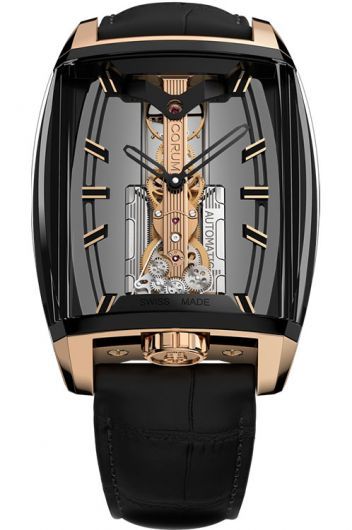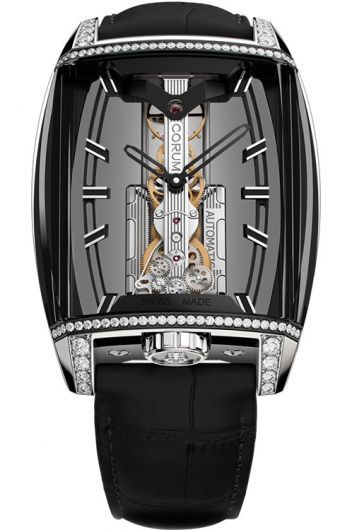Trending Articles from The Watch Guide
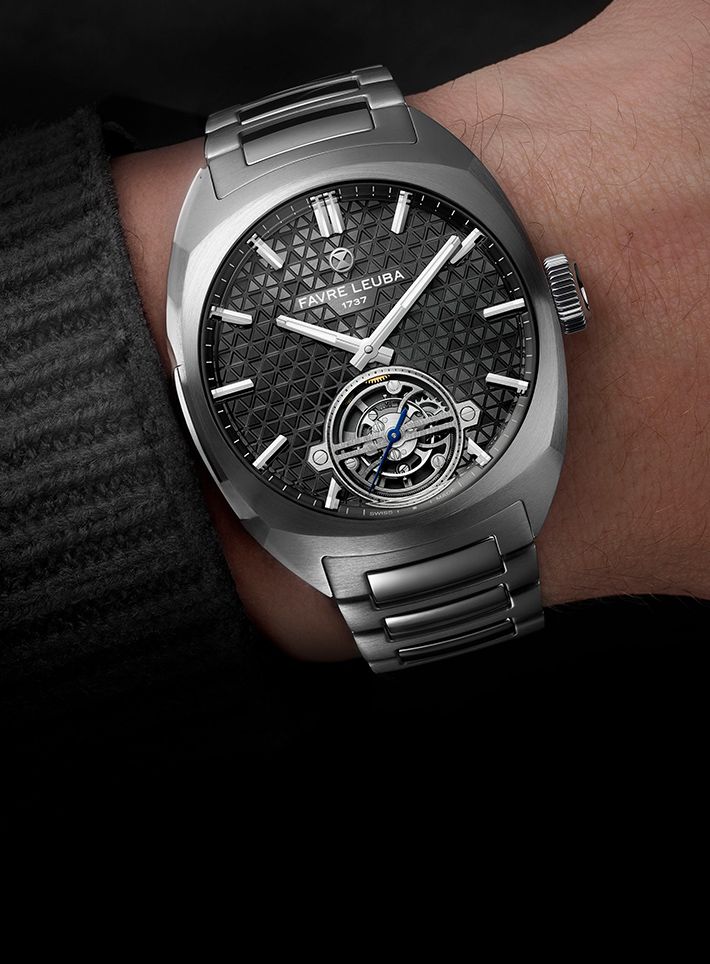
Introducing The First-Ever Tourbillon From The House Of Favre Leuba
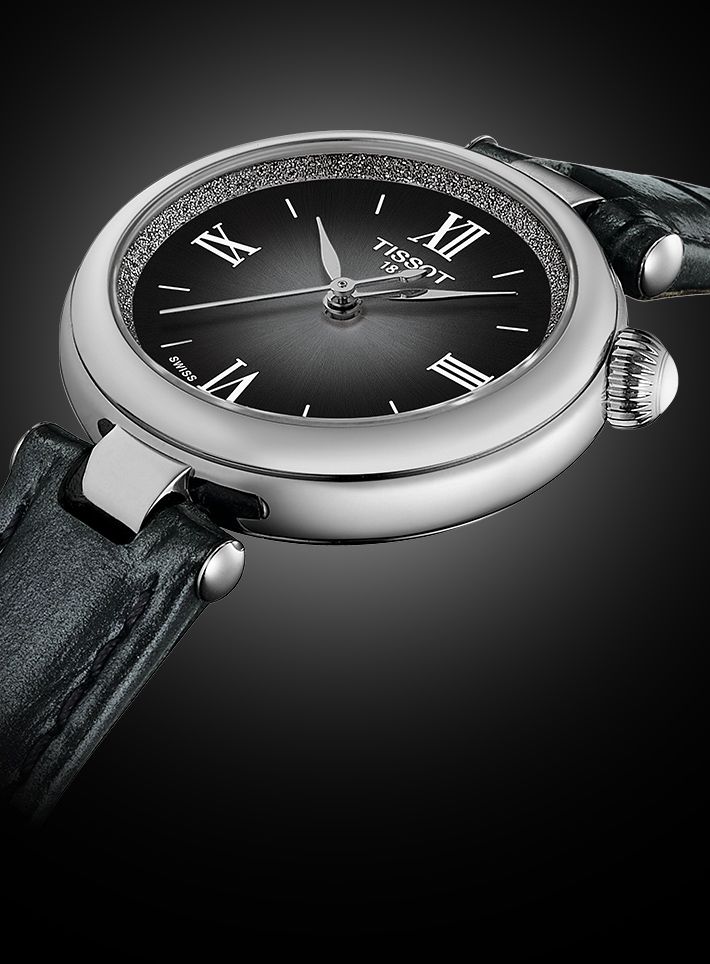
A Closer Look At The Dainty Tissot T-Lady Desir
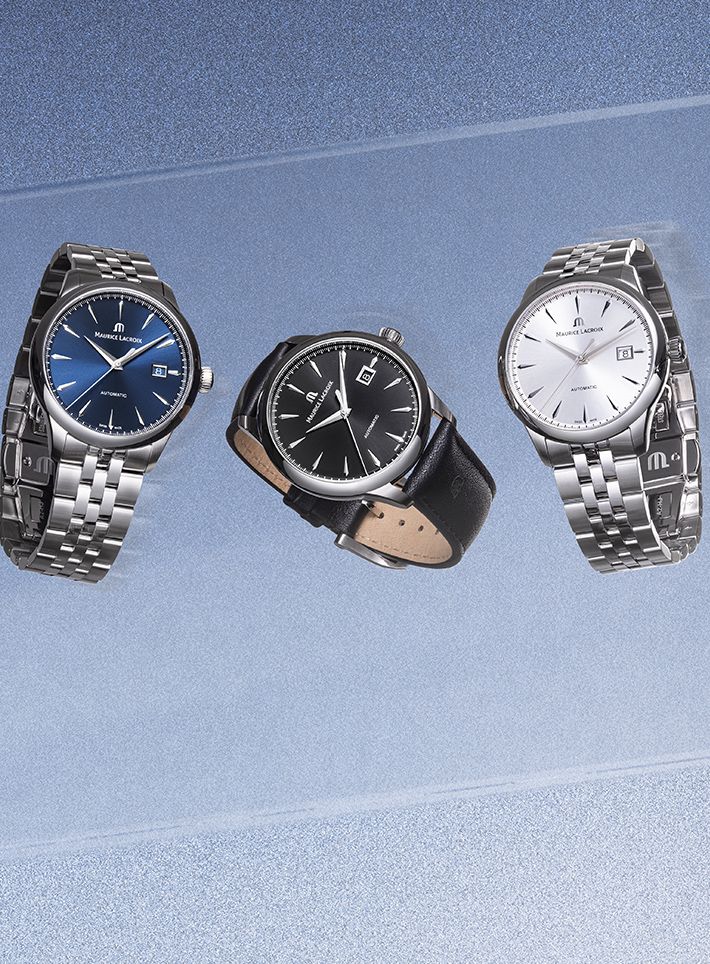
Fast Forward To History: Presenting The Maurice Lacroix 1975 Collection

New Top Time And A New Ambassador For Breitling: Austin Butler, The Face Of Top Time B31
Skeleton watches are where the complex symphony of time is laid bare in all its intricate beauty and precision. With certain components purposefully removed, these timepieces have exposed gears, springs and mechanical elements, revealing a stunning pared-down version of the watch movement. Over the years, skeleton timepieces have grown in popularity, catering to watch enthusiasts and collectors with eccentric tastes and a fervid appreciation for the workings of the watch.
Anatomy Of A Skeleton Watch
Celebrating the wonder of mechanical watchmaking, these watches stand as a tribute to the art and skill of horologers across generations. Here are a few of the key components and features that allow a skeleton watch to open the heart if time:
Case
The watch case houses all the internal components, and in a skeleton watch, it often allows for visibility from both front and back via a mineral or sapphire crystal glass.
Movement
The movement, also known as calibre, is the engine of the watch. It's composed of intricate parts like gears, springs, and bridges. In a skeleton watch, this movement is skeletal, stripped down to its bare essentials while ensuring accurate timekeeping.
Bridges
These provide the frame for the watch's movement. In the process of skeletonisation, these are cut to reveal as much of the movement as possible. The remaining parts are often intricately decorated.
Barrel
The barrel is a significant part of the watch's movement, storing potential energy that is gradually released to power the watch. In skeleton watches, the barrel is often visible, showing its tight winding and unwinding.
Balance Wheel And Escapement
The escapement and balance wheel regulate the power transfer within the watch, controlling the speed at which the hands move. This pulsating system is the heart or "beating" part of the watch, often seen in motion in skeletonised models.
Winding Mechanism
Skeleton watches can be manually wound or automatically wound using a rotor. This rotor is a semi-circular piece that swings with the motions of the wearer’s wrist and is visible in automatic skeleton watches.
Dial
Unlike traditional watches, skeleton dial watches usually feature a minimalistic or absent dial to give a clear view of the mechanics beneath.
Hands
Despite their minimalist aesthetic, skeleton transparent watches feature hands to display hours, minutes, and sometimes seconds. These are often slim and sleek to avoid obstructing the view of the underlying mechanics.
Finishing Touches
The remaining visible metal pieces are often treated with various types of finishings like perlage (circular graining), Côtes de Genève (Geneva stripes), or sunburst. These finishes contribute greatly to the aesthetic appeal of the watch, creating reflections and depth.
Things To Consider When Buying Skeleton Watches Online
Buying a skeleton timepiece is a big decision because these watches are not exactly common and have a vision of artistic and mechanical complexity. Here are a few crucial elements to think about when making your selection:
Watch Movement
Your decision hinges on your preference for the type of movement you want in your timepiece. If you are someone who values precision and minimal maintenance, a quartz movement might be a suitable choice. On the other hand, if you are drawn to the mechanical beauty of watches, an automatic movement might be your best pick.
Finishing And Detailing
Examine the watch's finishing touches and attention to detail. Because skeleton watches bare it all, the finishing should be par excellence. If you are someone who appreciates the little details in a skeleton timepiece, look for things like well-crafted bridges, plates and other components complications that match your aesthetic.
Material Quality
The materials used, from the case to the glass and the movement, significantly impact the watch's durability. You might prefer materials like stainless steel, titanium, or gold cases paired with sapphire crystal glass and high-quality mechanical parts.
Design
Ask yourself if the design of the watch fits your style. Whether you prefer a sleekly modern or richly embellished vintage aesthetic, the skeleton wrist watch should ultimately align with your personal taste and preferences.
Dial Details
Some skeleton dial watches may feature elements like hour markers or logos on their dial designs, while others allow an unobstructed view of the movement.
Watch Straps
One crucial aspect you might want to personalise is the choice of straps. Materials range from leather to titanium, rubber, or even NATO straps. The right choice could depend on your comfort, stylistic preference, and the situations in which you plan to wear the watch.
Get Your Skeleton Dial Watch At Ethos
Skeleton timepieces represent the ultimate blend of intricate artistry and mechanical innovation, offering not just functional value but an intimate insight into the captivating world of horology.
At Ethos, we house an exquisite and exclusive collection of watches from over 60 luxury watch brands. Beyond their eye-catching structure, these horological masterpieces enrich any watch ensemble with a dash of elegance and a taste of finessed craftsmanship. Our experts at Ethos stand ever-ready to accompany you in your pursuit to buy a skeleton watch. Experience the magic of time unfolding as each gear, wheel, and intricate piece in these compelling skeleton transparent watches works harmoniously to mark every passing second.


